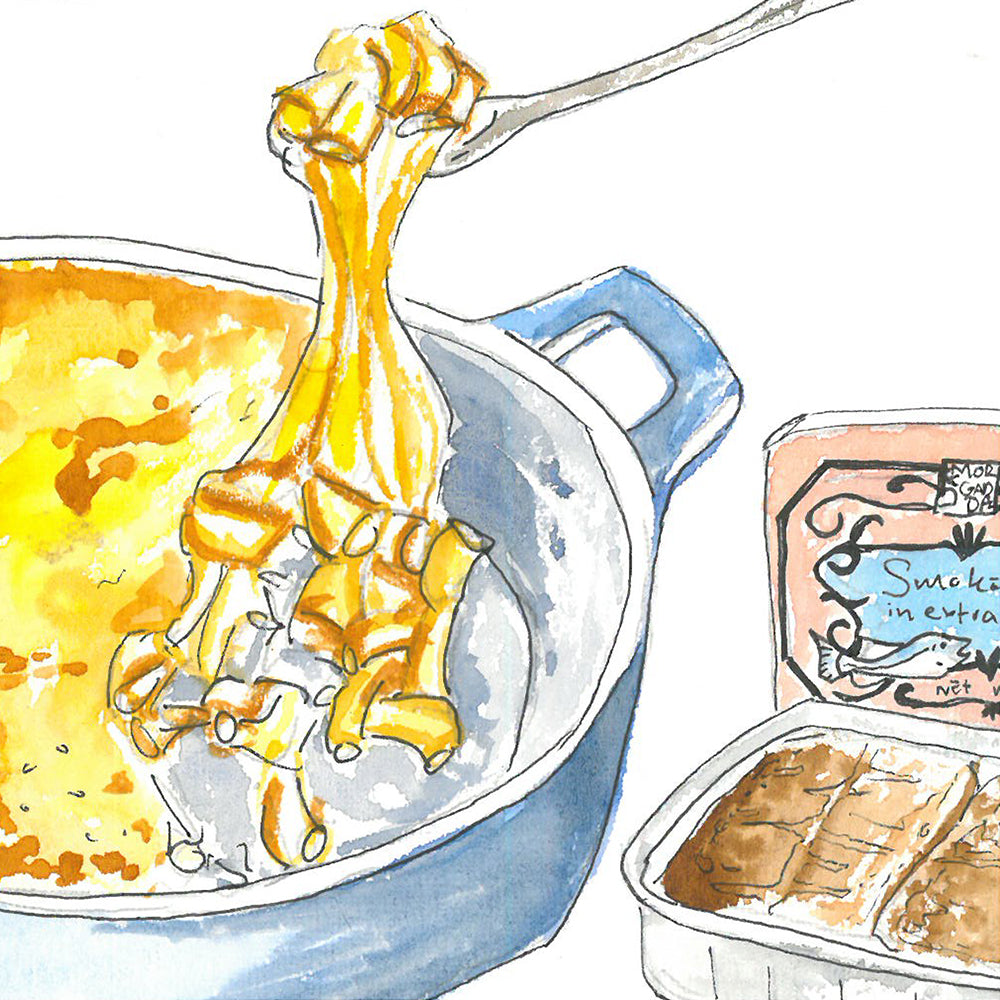One Spring night in 1747, Georges de Boulogne visited his Uncle.
The day preceding the visit, and the reason for the visit itself, were nothing of note. Georges de Boulogne had simply travelled from his home, located upon a plantation in Guadeloupe, wishing to engage his Uncle Samuel in frivolous conversation, discussing business, and the week that was. In the hours that Georges was at the house little of anything occurred. Food was served, drinks were had, and to all those gathered, it seemed the night would remain uneventful.
Little did they know, it was to be anything but.
The altercation started slow, with Georges de Boulogne arguing passively, then heatedly, with a man by the name of Le Vanier St-Robert. The two men exchanged harsh words, and before the night was over, hard blows. One man walked away unscathed while the other suffered a deep laceration to the bridge of his nose. The man who sustained the injury returned home that night unaided, and for the three days that followed, it seemed nothing would come of the confrontation. Nothing, that is, until word of the injured man’s demise spread across the island. When de Boulogne received notice of the man’s passing he panicked. He feared conviction, but not only that, he also feared for the fate of his family should he be found guilty of committing such an act. So making swift preparations, de Boulogne decided that he, along with his mistress, Nanon, and their son, Joseph, would flee to France. That night he woke the boy, detailing the nature of their travels. The child agreed sleepily, unaware that these were to be his first steps towards celebrity, notoriety and international distinction – the likes of which had not been seen before.
Joseph de Bologne was born in Guadeloupe to Georges de Bologne and Nanon, an enslaved housemaid, and George’s preferred mistress. He enjoyed a semi-regular childhood, as much as one could being of mixed race in the colonised Caribbean, and by the time of his family’s frenzied departure to Paris, he was seven years old. Upon their arrival to Paris, the older de Boulogne wasted no time in enrolling his son into prestigious boarding schools, hoping to guide the youth’s precocious talents towards greater heights. While there, the child took an interest in music and fencing, excelling at both whilst training under the tutelage of master swordsman, Nicolas Texier de la Boëssière, and renowned composer, François-Joseph Gossec.
The child took to fencing as a bird takes to flight, perfecting his craft at the school of Royal Polytechnic Academy of Weapons and Riding. His ability was so pronounced that even la Boëssière’s son, another famous swordsman, attested to de Bologne’s influence on his own development, stating later in life, “From the age of eight when my father first put the foil in my hand I had the inestimable advantage of being trained under his instruction and brought up with M. de Saint-Georges, who was my friend and companion in arms right up to his death.” This potential, while celebrated within de Boulogne’s circle of peers was met with jealousy outside of it, and when renowned swordsman Alexandre Picard challenged de Boulogne to a duel, provoking the apprentice by calling him, ‘La Boëssière’s mulatto,’ the young apprentice responded in kind, defeating the cocky swordsman for all to see.
Word of de Boulogne’s proficiency behind the blade spread rapidly, and it wasn’t long before the gentry were seeking out his company, having heard the tales of an indefatigable combatant who many claimed to have witnessed, ‘swimming the Seine with one hand tied behind his back.’ But before de Boulogne would dive headfirst into the world of aristocracy, one major change was to take place – as inevitable as his future fame – Joseph de Boulogne was to graduate from The Royal Polytechnique Academy. This by itself, might have seemed like a rational progression for the skilled swordsman, and if it were to be nothing more than a symbolic ceremony, filled with frill and pomp, that might have been the case. But upon graduating from his class of combatants, Joseph de Boulogne was now eligible as a King’s Guard - something that would have seemed unimaginable given his diverse heritage – and perhaps more importantly than that, de Boulogne was distinguished as a Chevalier, an honorary knight. Not long after de Boulogne departed his final lesson he took his newfound title as Chevalier, and with it, created the character who would one day go on to dine with royalty.
Joseph de Boulogne was no more. In his place stood, The Chevalier de Saint Georges.
References
https://mnopera.org/biography/joseph-bologne-chevalier-de-saint-georges/
https://www.artaria.com/pages/saint-georges-joseph-bologne-de-1745-1799
Banat, Gabriel. The Chevalier de Saint-Georges: Virtuoso of the Sword and the Bow. Hillsdale, New York: Pendragon Press, 2006.


